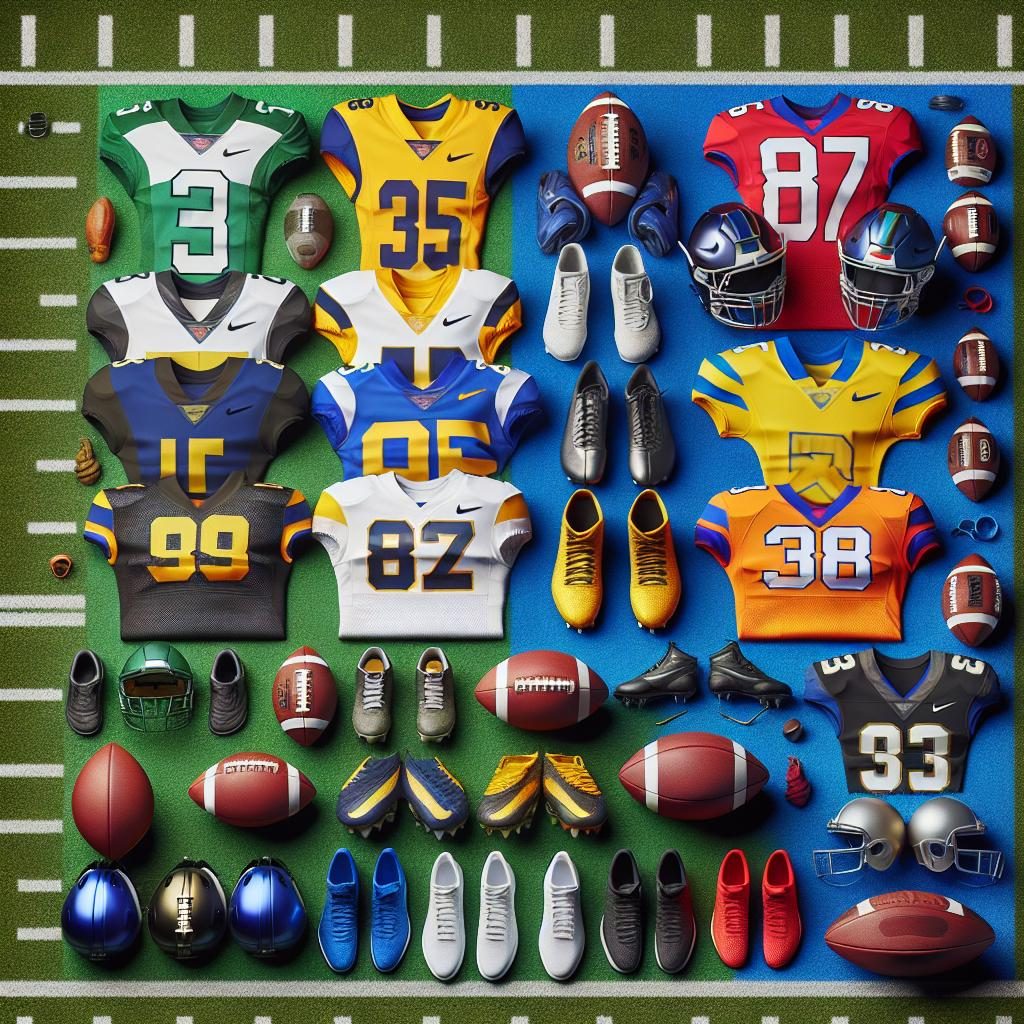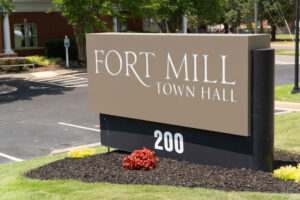In a significant move for athletes across the nation, lawyers representing plaintiffs in a proposed multi-billion-dollar settlement against the NCAA and the Power Five conferences responded sharply to objections raised in recent filings. On Friday, they filed a robust defense of the settlement, which aims to provide nearly $2.8 billion in damages over ten years for current and former athletes.
Last week, several objections were made regarding the proposed agreement. Critics raised concerns that the settlement undervalues the athletes’ claims, discriminates against women athletes, sets illegal compensation caps, and contains inappropriate fee structures for the plaintiffs’ attorneys. The proposed settlement also clears the way for Division I schools to pay athletes directly for the use of their name, image, and likeness (NIL), with potential payouts escalating based on specific athletic revenue percentages.
A preliminary approval hearing for the deal is scheduled for September 5 before U.S. District Judge Claudia Wilken. The plaintiffs’ attorneys dismissed the objections, stating that they aimed to undermine what they called a landmark settlement. They noted that the deal offers relief comparable to what class members might expect from trial, but without the unpredictability of prolonged litigation.
Addressing the concerns raised by opponents, the plaintiffs clarified that the settlement does not affect a separate lawsuit from Ivy League athletes seeking athletic scholarships. They assured that notice documents would clearly indicate that the Ivy League claims remain intact. The same assurance was provided regarding another ongoing case prioritizing athletes as employees under federal minimum wage laws.
The settlement lawyers also defended the proposed attorney fees, which could be as high as $495.2 million, along with expenses from the damage payouts. They responded to accusations that the settlement does not adequately remove all compensation limits by explaining that reaching a settlement entails compromises. They referenced past settlements in other leagues like the NFL and NBA, where limitations on athlete compensation were sometimes accepted to eliminate other restrictions.
Under the proposed terms, each Division I school could potentially pay its athletes $20 million to $22 million directly for NIL use, with further increases anticipated over time. NCAA leaders would work towards revising scholarship limits, potentially creating a more flexible framework for athletics.
The plaintiffs’ attorneys emphasized that their experience negotiating on behalf of professional athletes enhances their capability to advocate effectively for the current situation. They criticized the methods used by the settlement opponents to assess the settlement’s value, calling their analysis “deeply flawed.” Notably, some opponents claimed the damages could be as high as $24.3 billion, yet the settlement proposes a total of around $2.8 billion.
In response to allegations surrounding the treatment of female athletes, the plaintiffs positioned their argument as being relevant to the NIL settlement, stating that the claims were misplaced and more suited to a different case. As the legal proceedings move forward, the outcome of this settlement has the potential to greatly alter the landscape of college athletics, particularly in how athletes are compensated.








